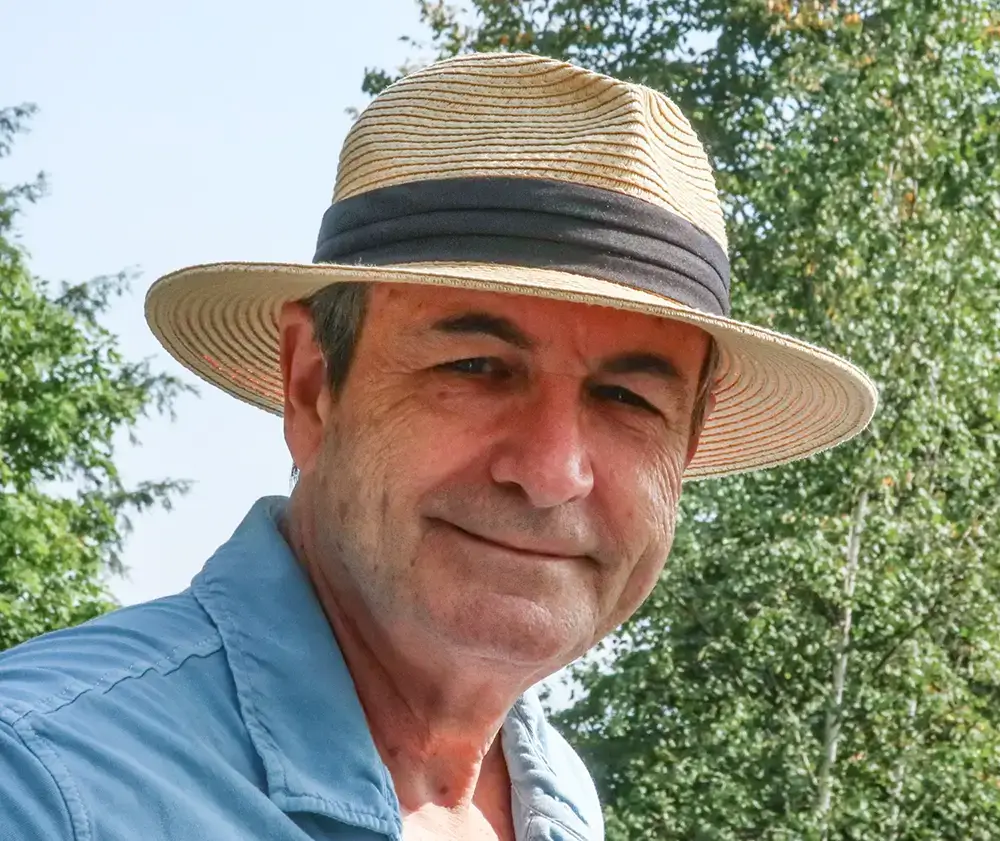I grew up on an Iowa (USA) farm and drove trucks, tractors, and heavy machinery at a very young age. I
loved being out in the weather and open-air fields. One of my earliest memories is riding with my parents when
they took a drive to look at area agricultural crops freshly planted and growing in the springtime. These trips
inspired my current desire to make car trips to see the world. I studied psychology and sociology in college and
was planning a career as a counseling psychologist. These experiences formed my inclination to photograph in
public outdoor areas and investigate how the world is “painted and put together”.
I acquired a very good expensive camera on a total whim a long time ago, and something radical shifted
for me. I left graduate school six credits shy of a master’s degree to pursue the art of photography, which I
intuitively felt was my path to truth, instead of the science. I have held many jobs: farm hand, gas station
attendant, auto dealer parts manager, car salesman, government employee in two different states, free-lance
commercial photographer, real estate investor, landlord, property developer, and photography instructor.
Photography has been my main energizing activity for fifty years, for both commercial clients and for
myself, pursuing and refining my personal vision of the world. My photographic aesthetic is based on
observational street/documentary photography. I currently have several self-assigned documentary projects that
I am pursuing. My interest is producing photo-books as a depository for my work, that have availability to
future generations.
AMERICOLOR - Exploring Urban Color Fields
The series or project is a retrospective look at my work from 2007 to 2024. I saw a large exhibition of
Color Field painters in early 2024 at The NSU Art Museum Fort Lauderdale, Florida. A painting by Frank
Stella particularly enthralled me and I was puzzled why it had such a strong hold on me. A few days later while
I was editing photographs I came across my photograph, Bonita Springs, Florida 2012, and I immediately felt a
connection and the reason why the Stella painting was so entrancing. I found that many of my photographs have
a similar feel with layered subjects and a planar feel: some more, some less. I decided to edit a group of
photographs into a book paying homage to the color field painters, therefore my title, AMERICOLOR:
Exploring Urban Color Fields. Recently in 2024, I published this book in collaboration with Palm Beach
Atlantic University where I also presented an exhibition of about one third of the 116 photographs in the book.
